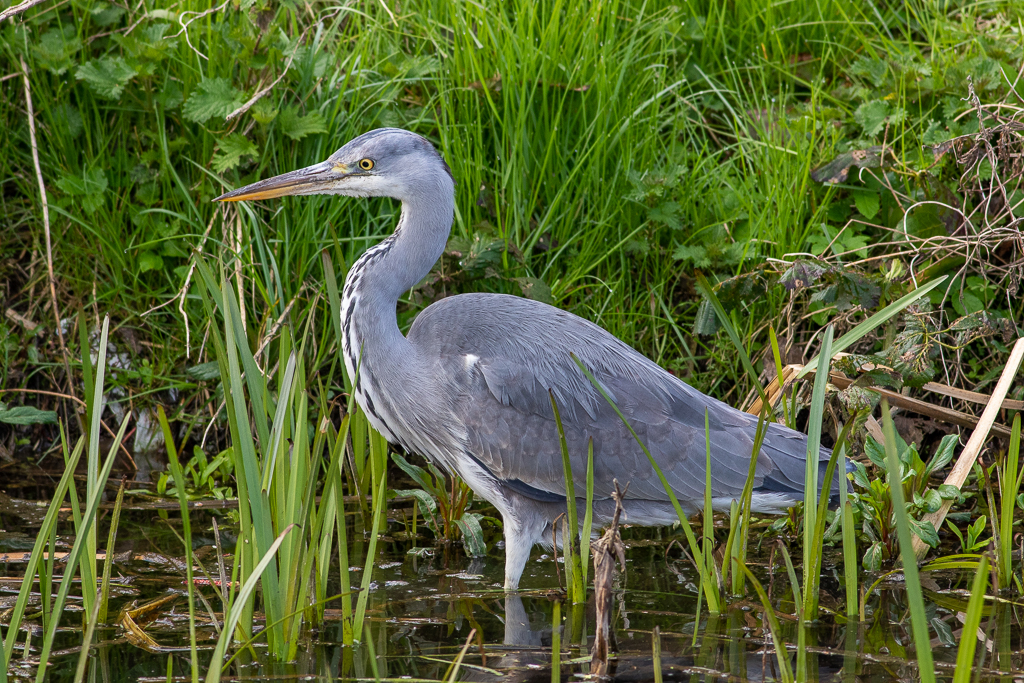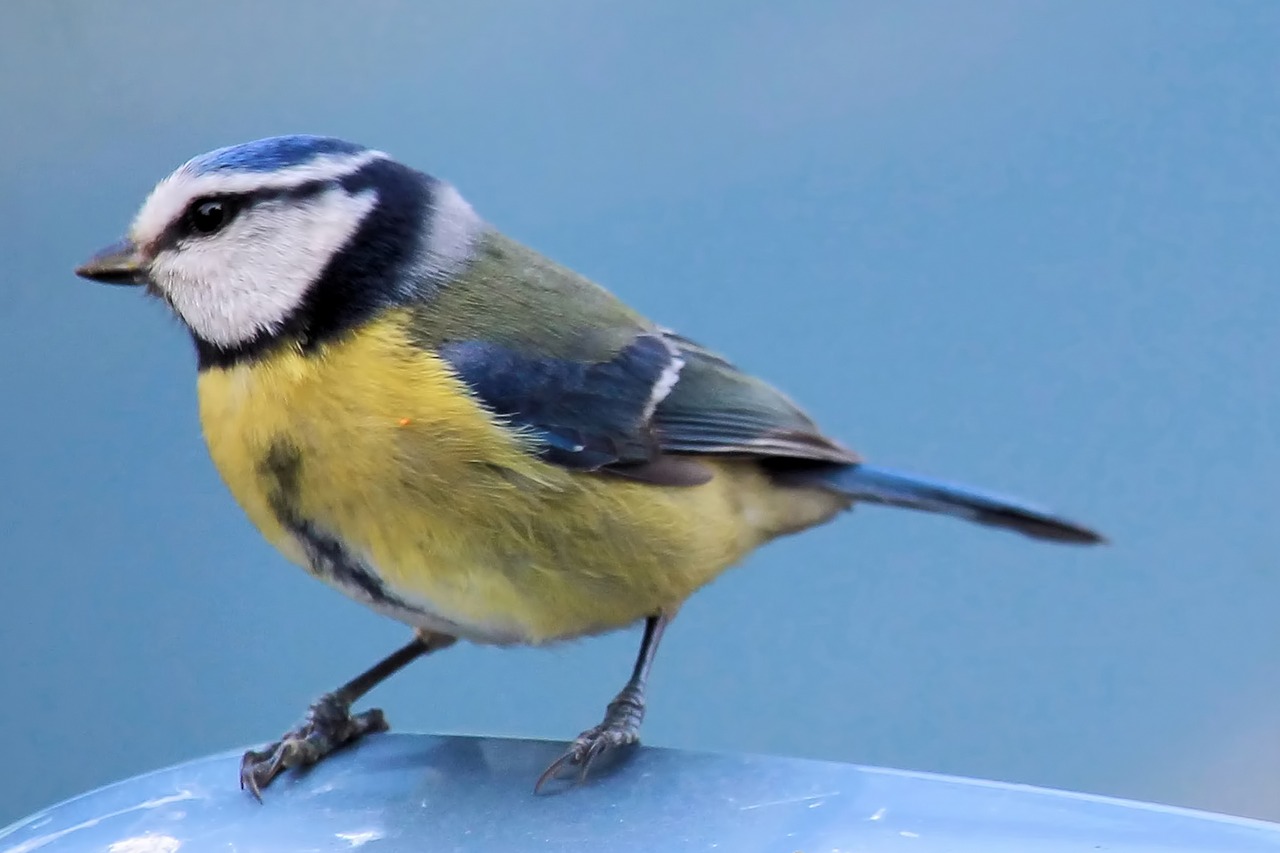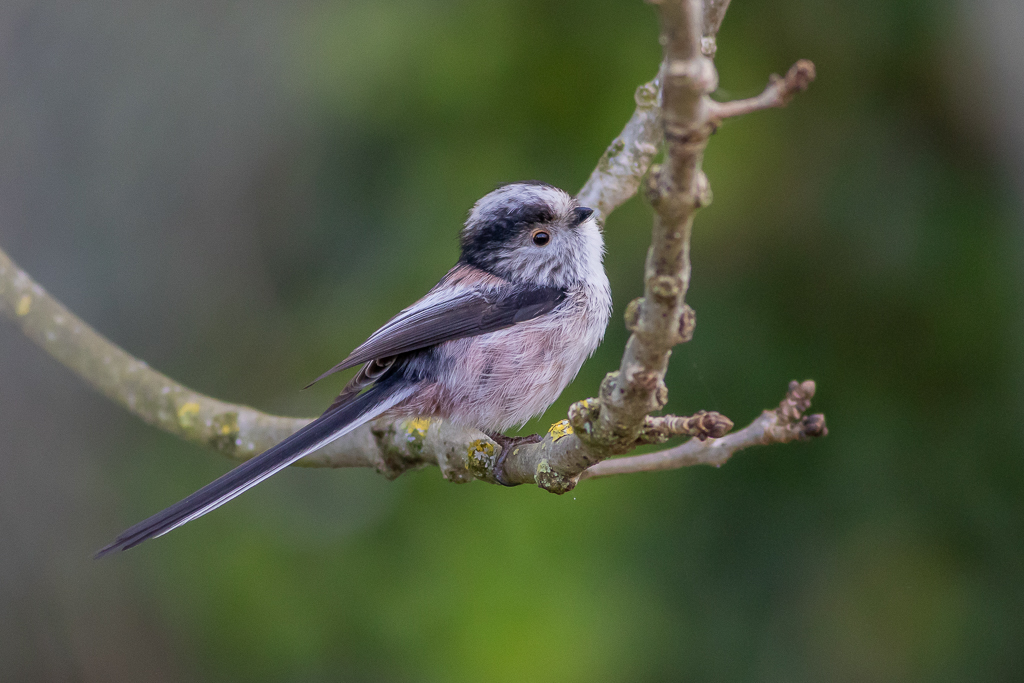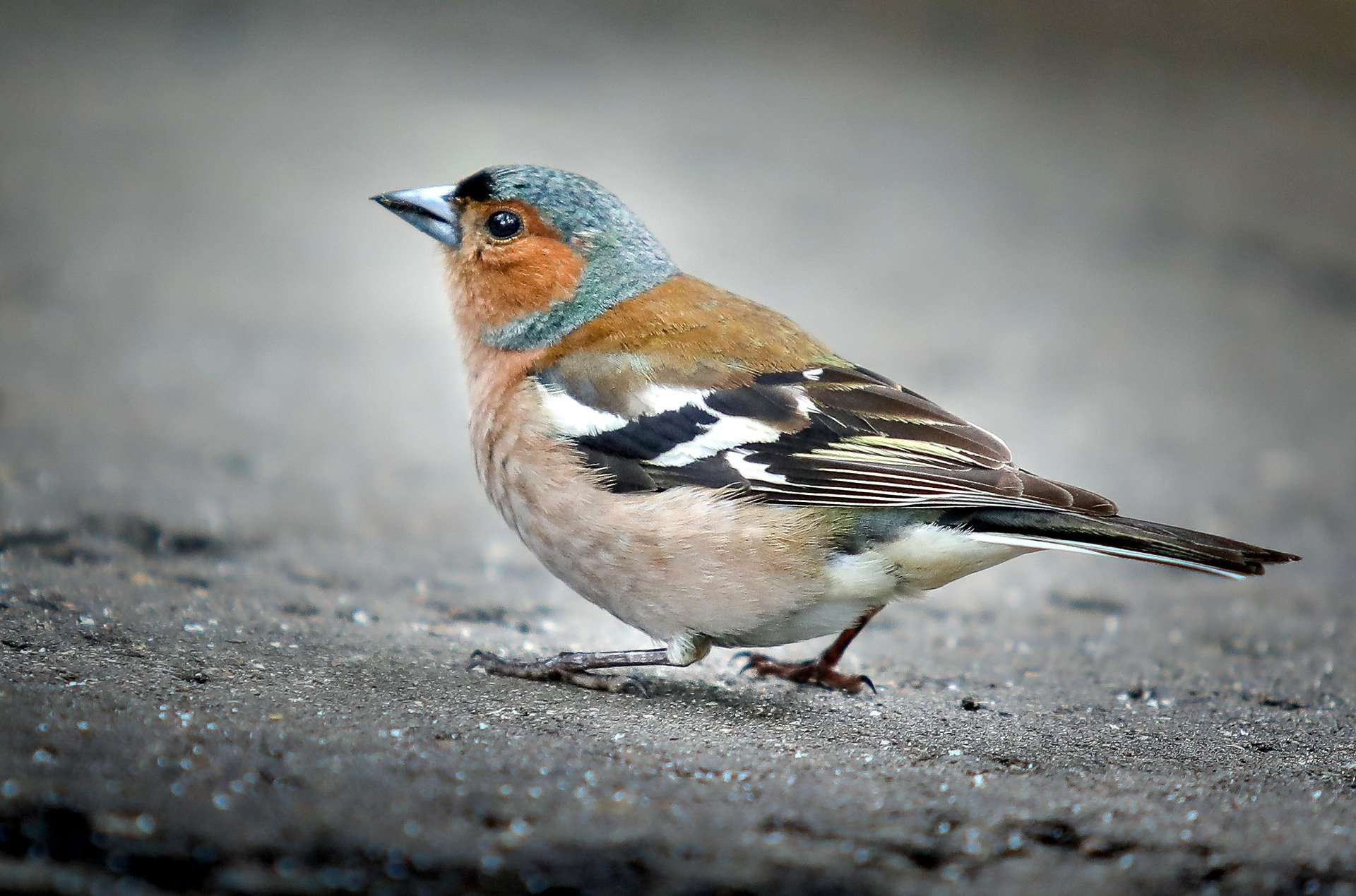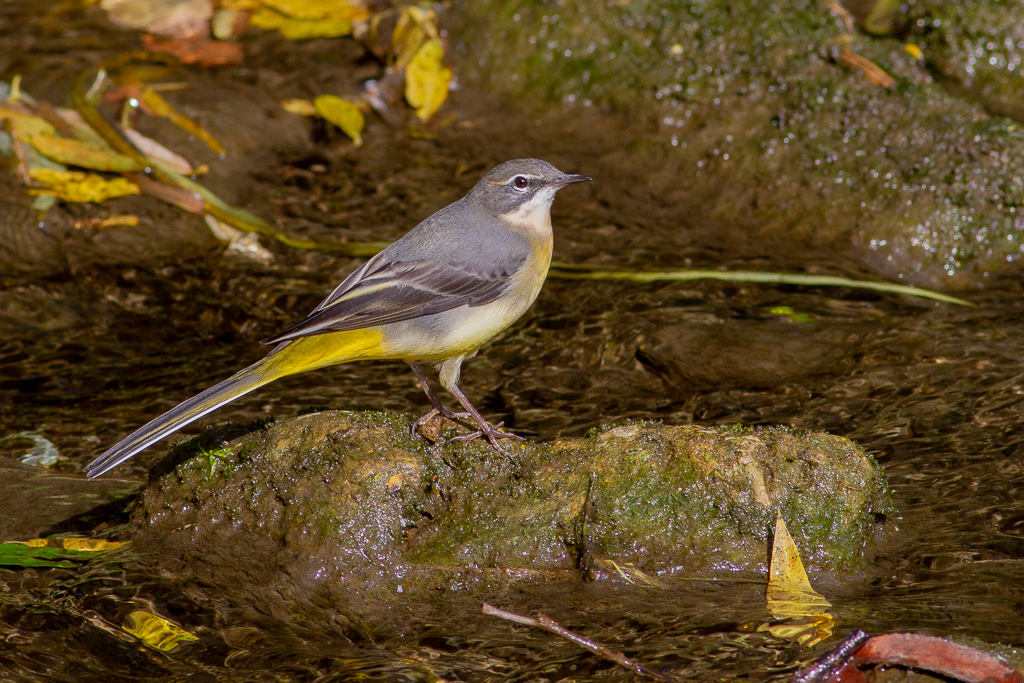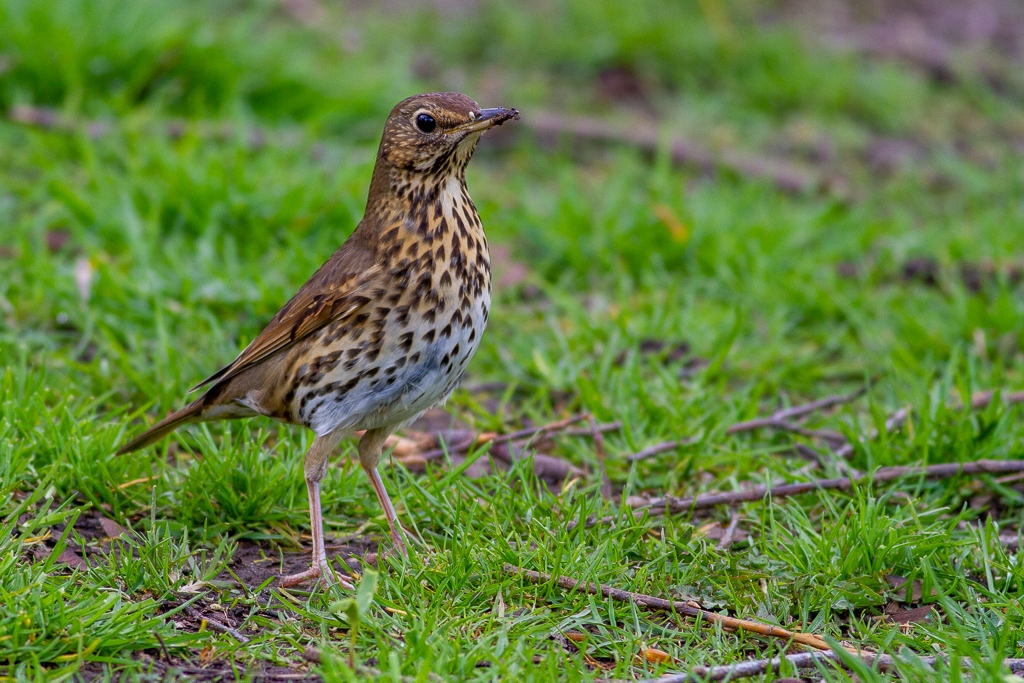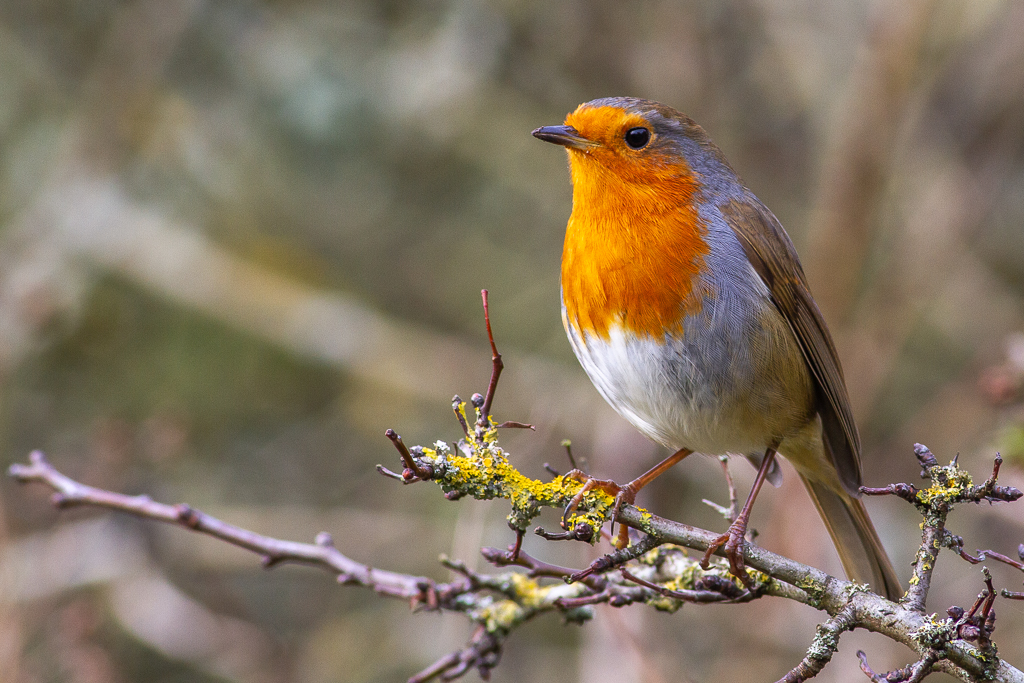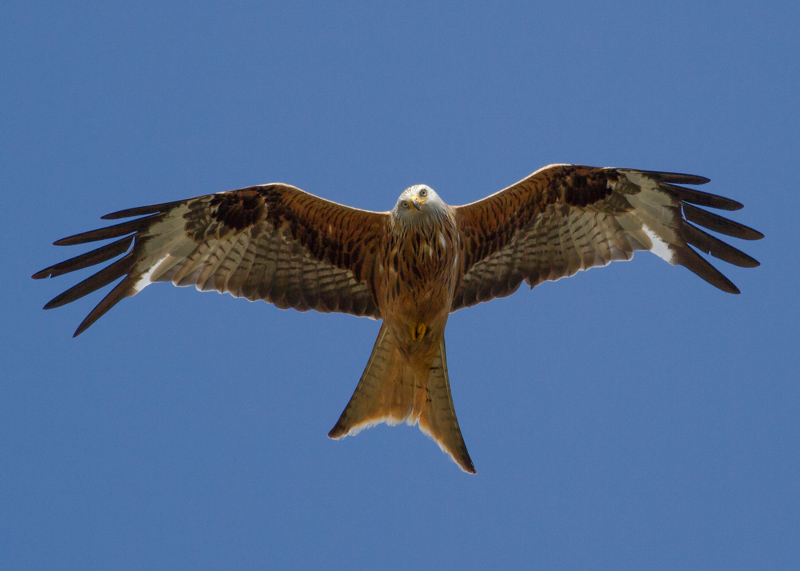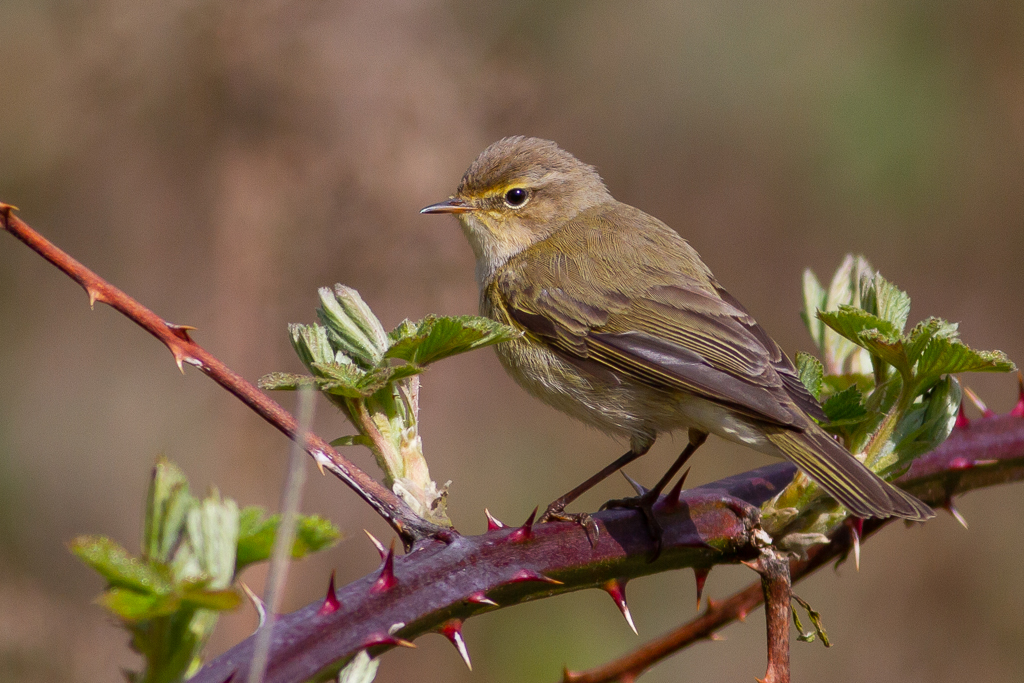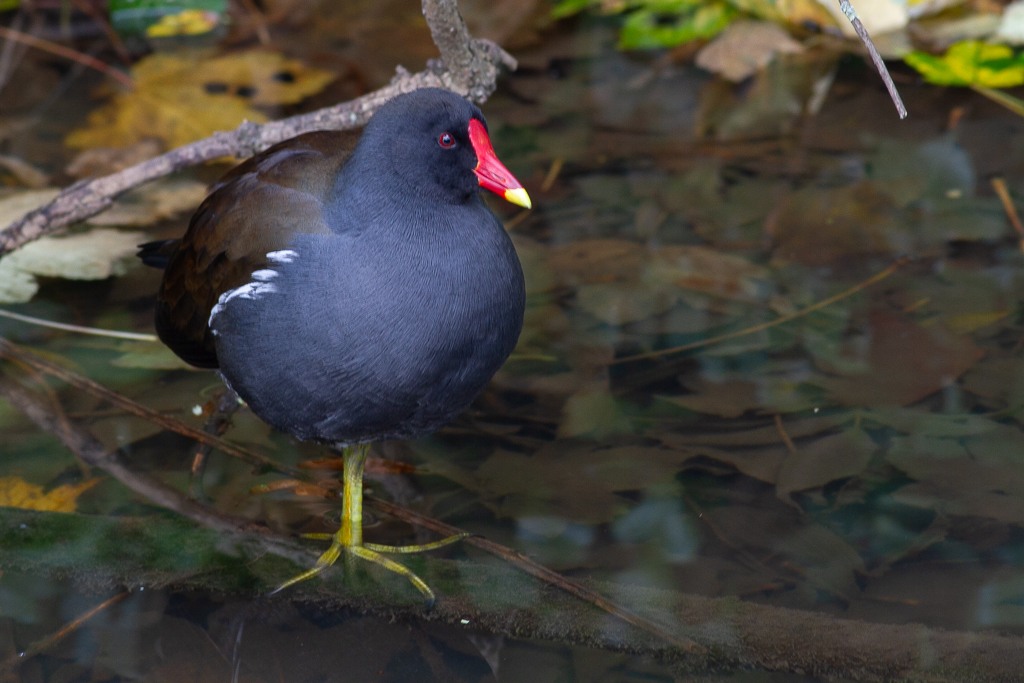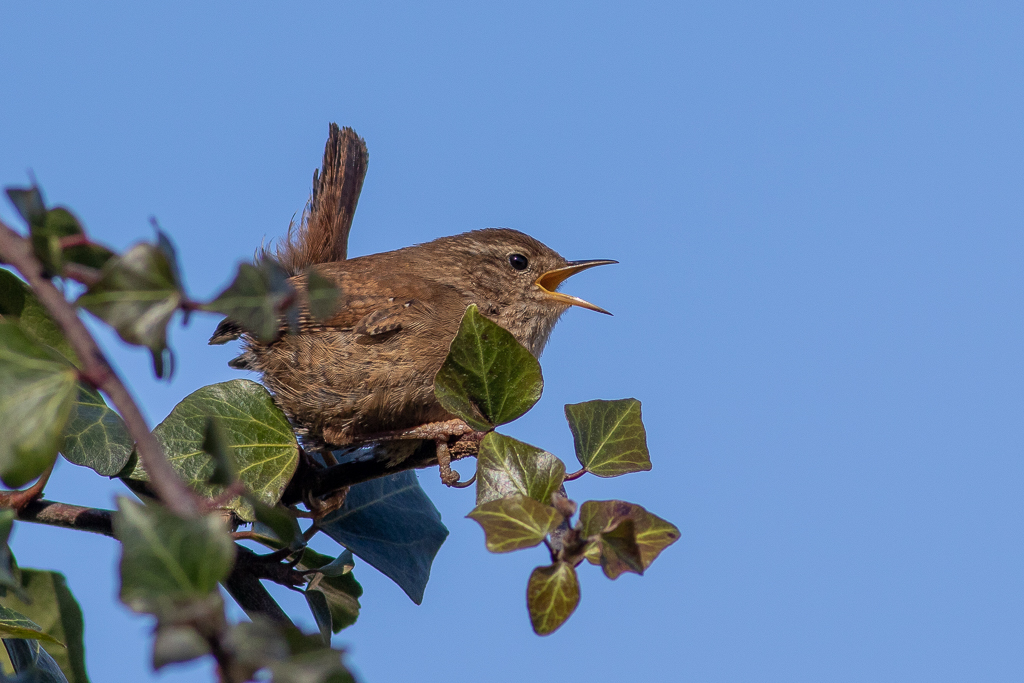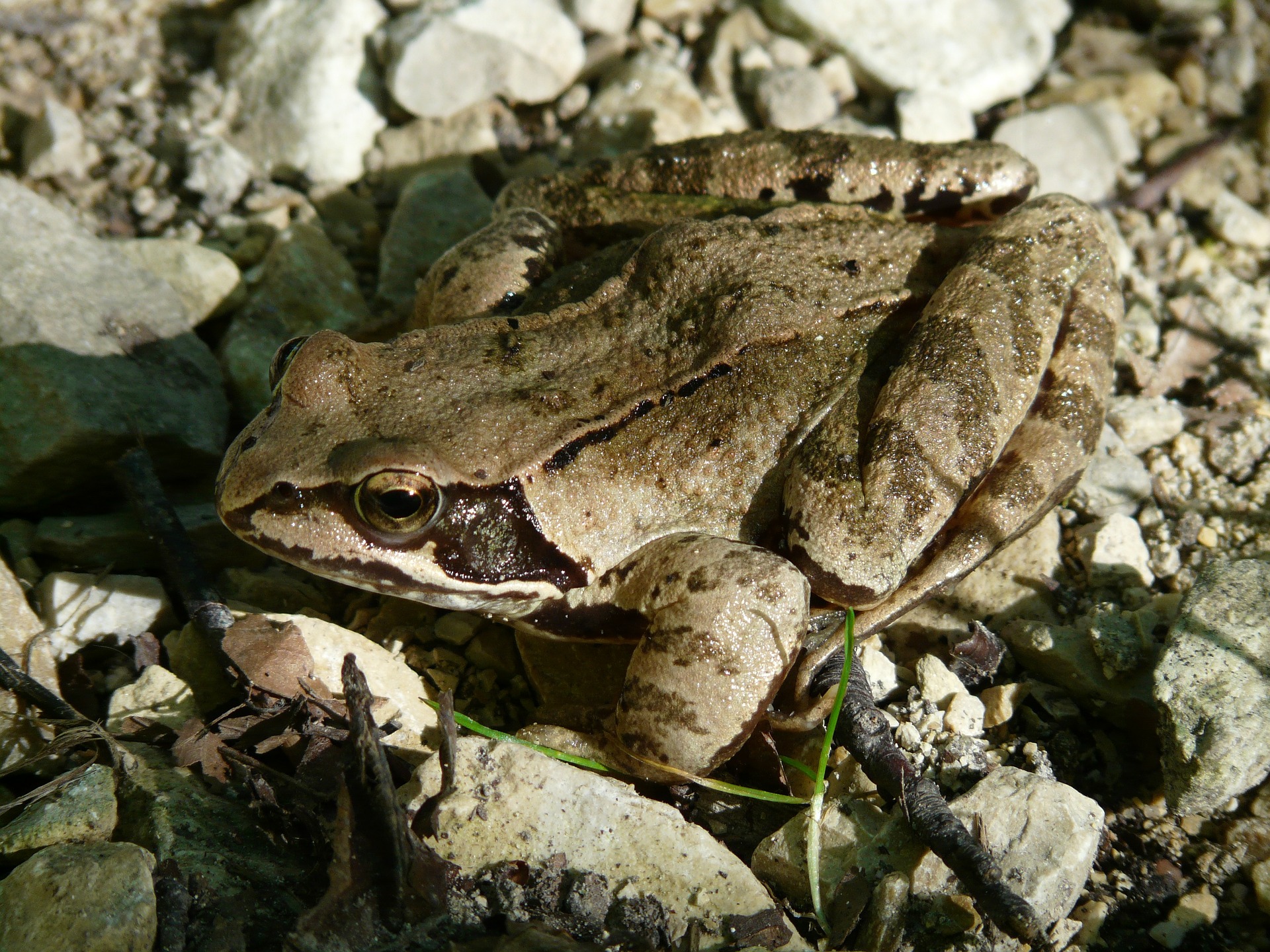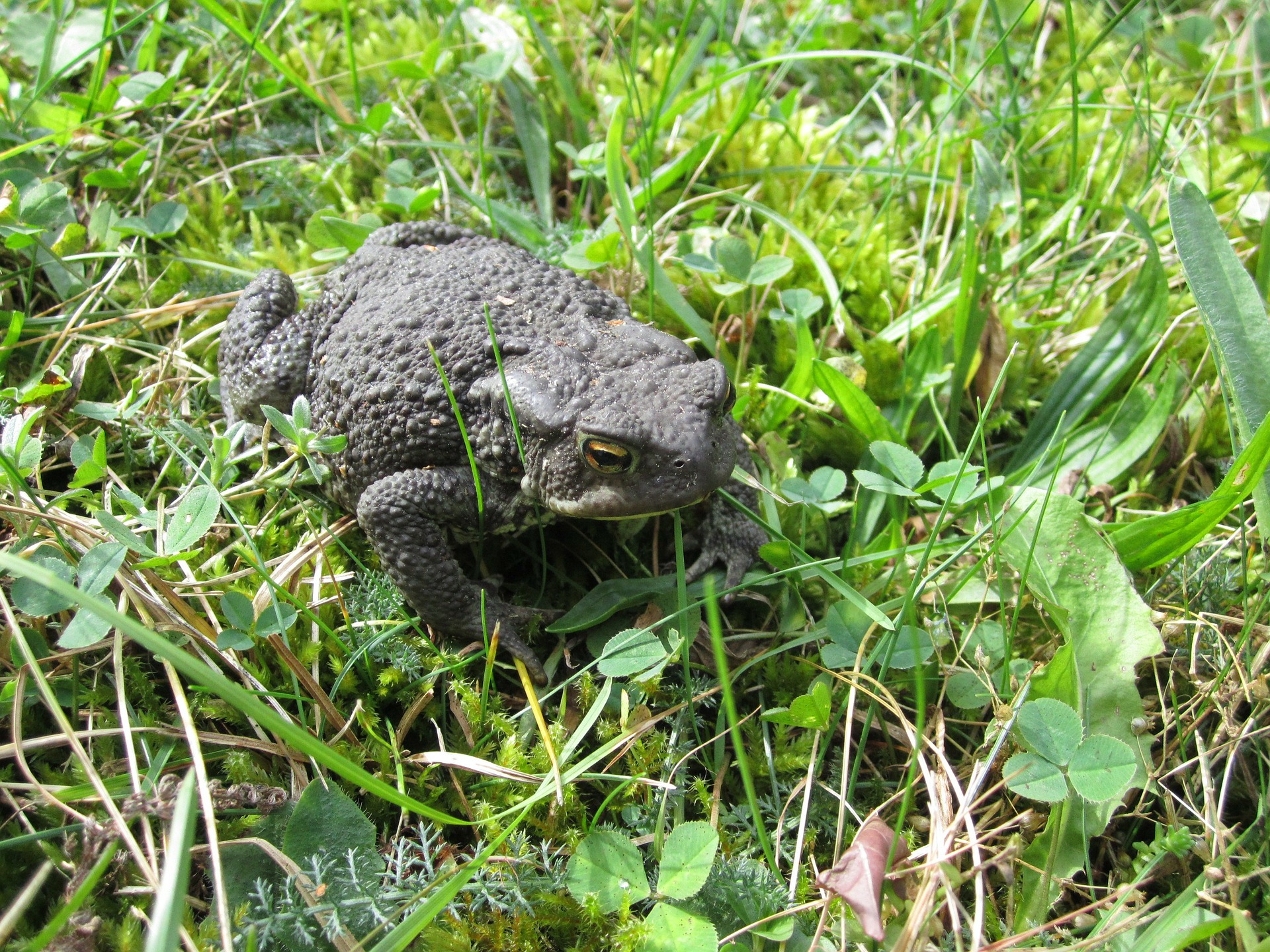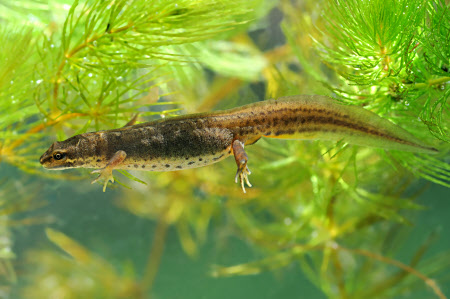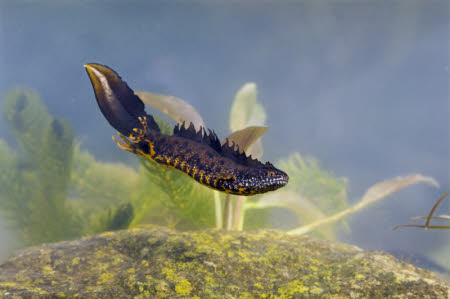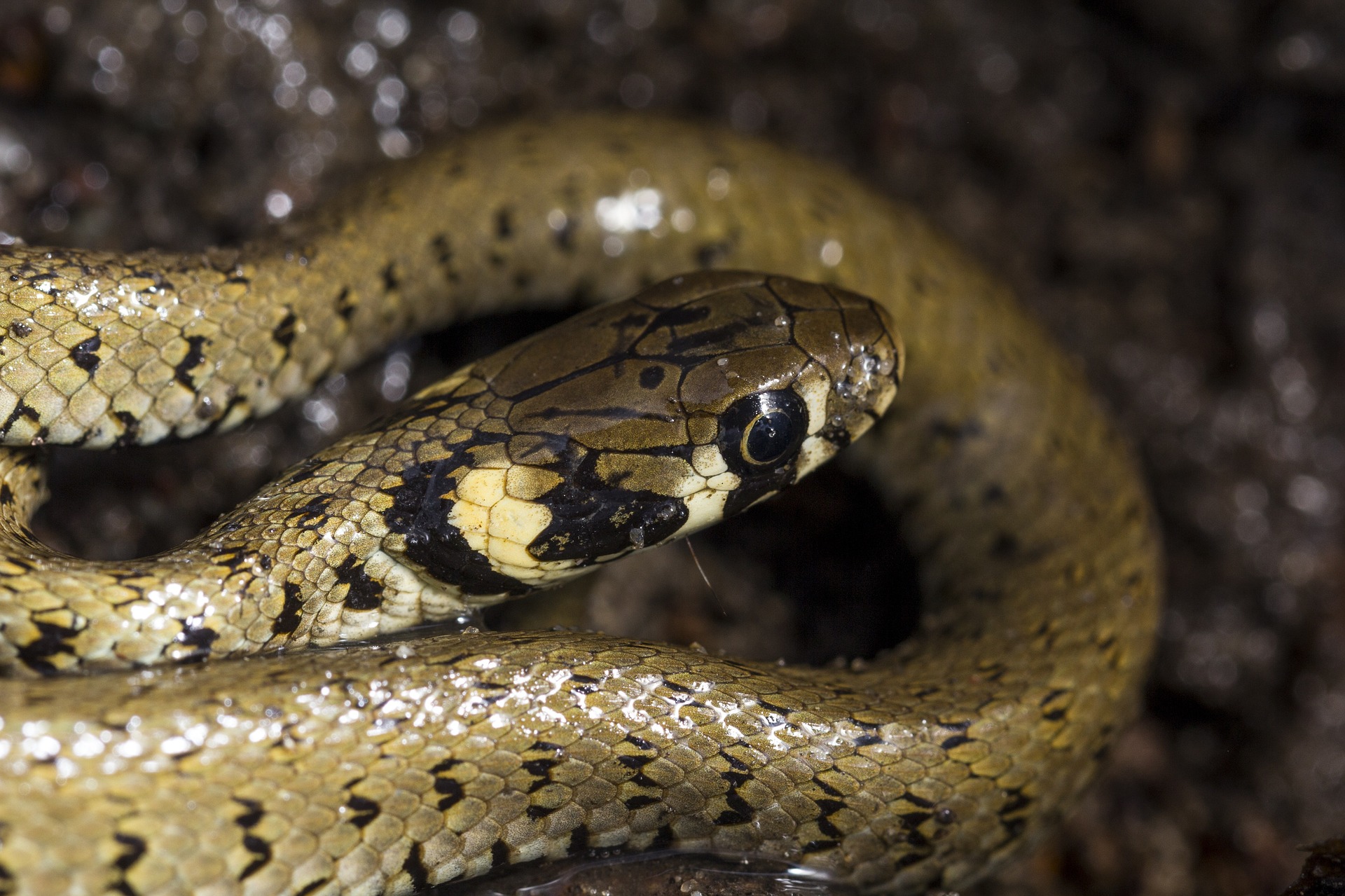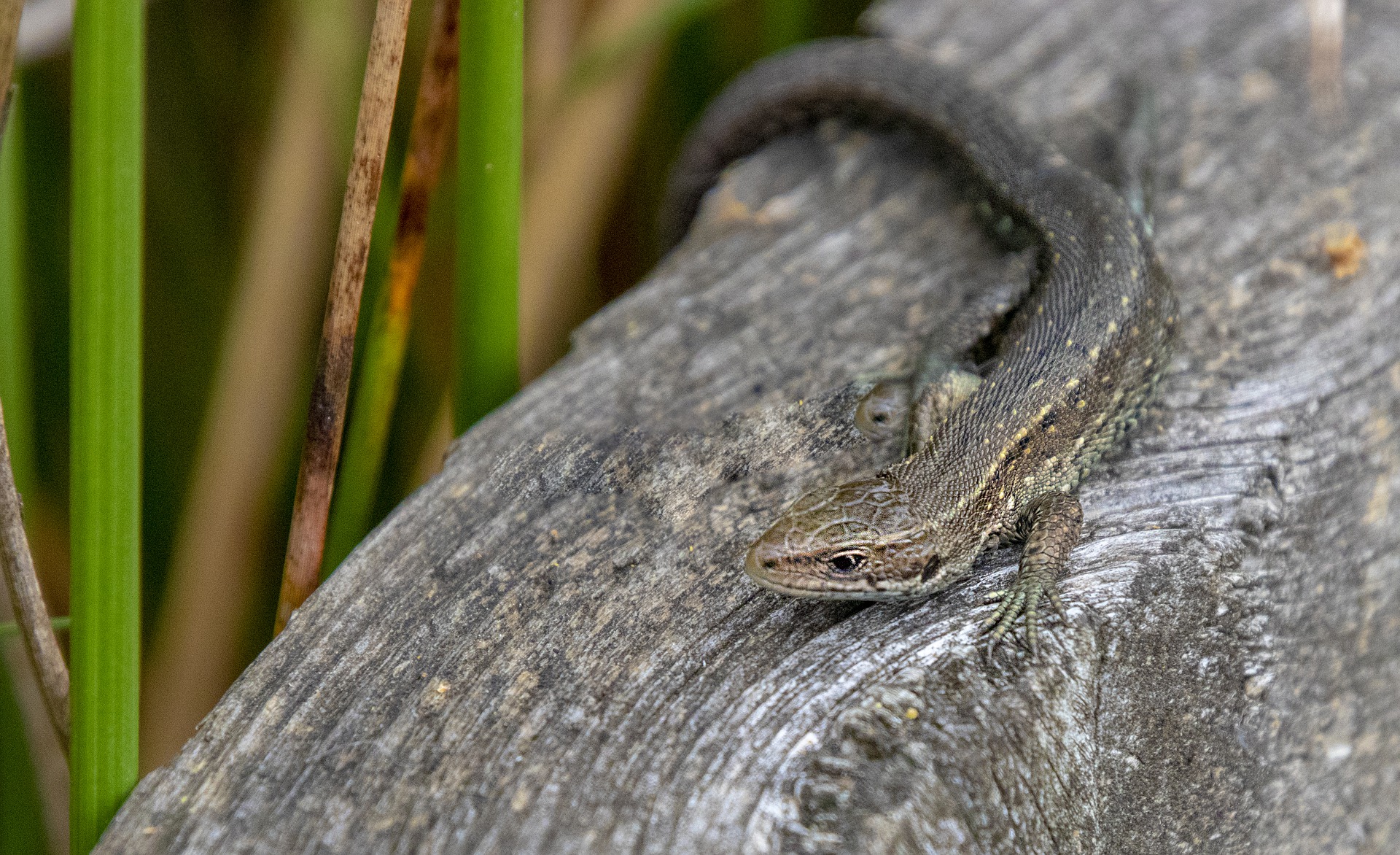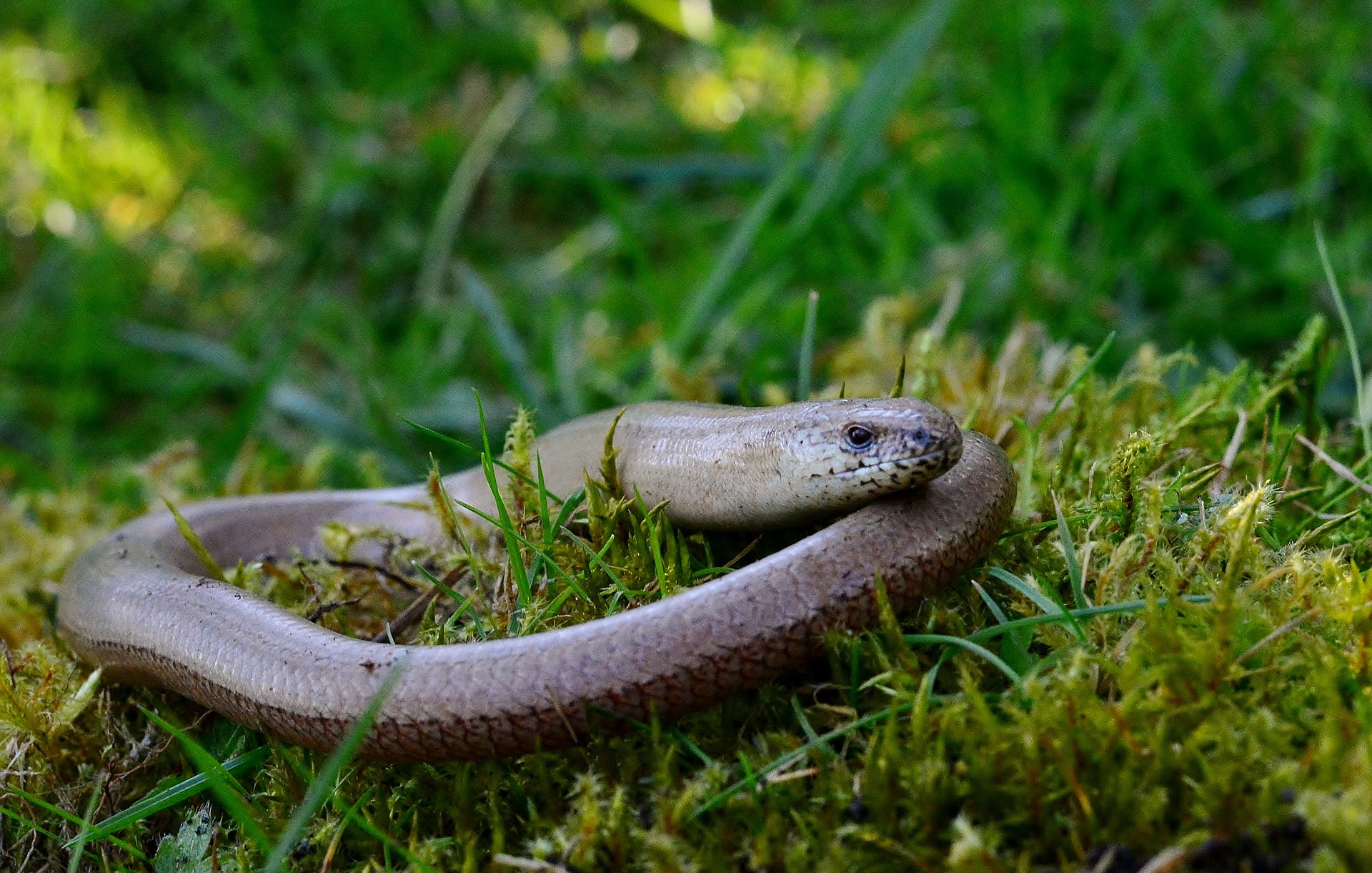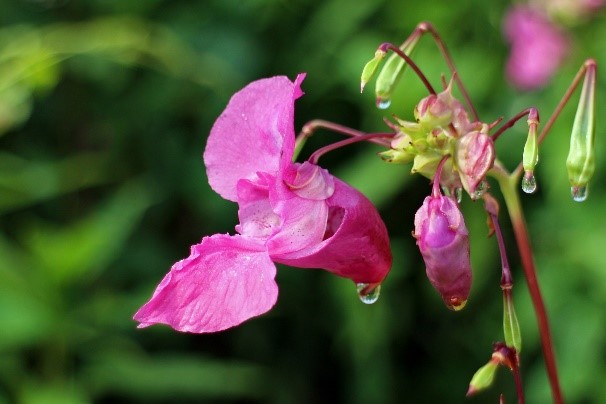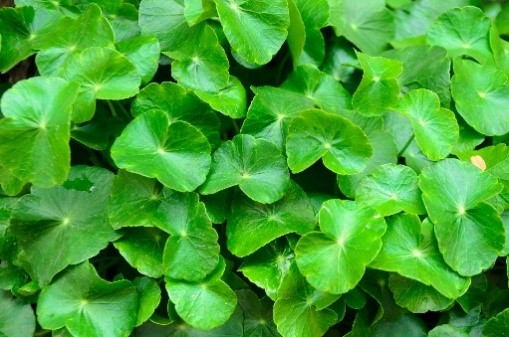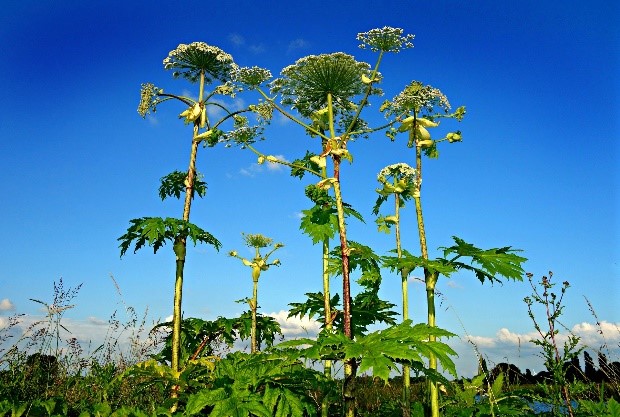Wildilfe along the Witham and Slea
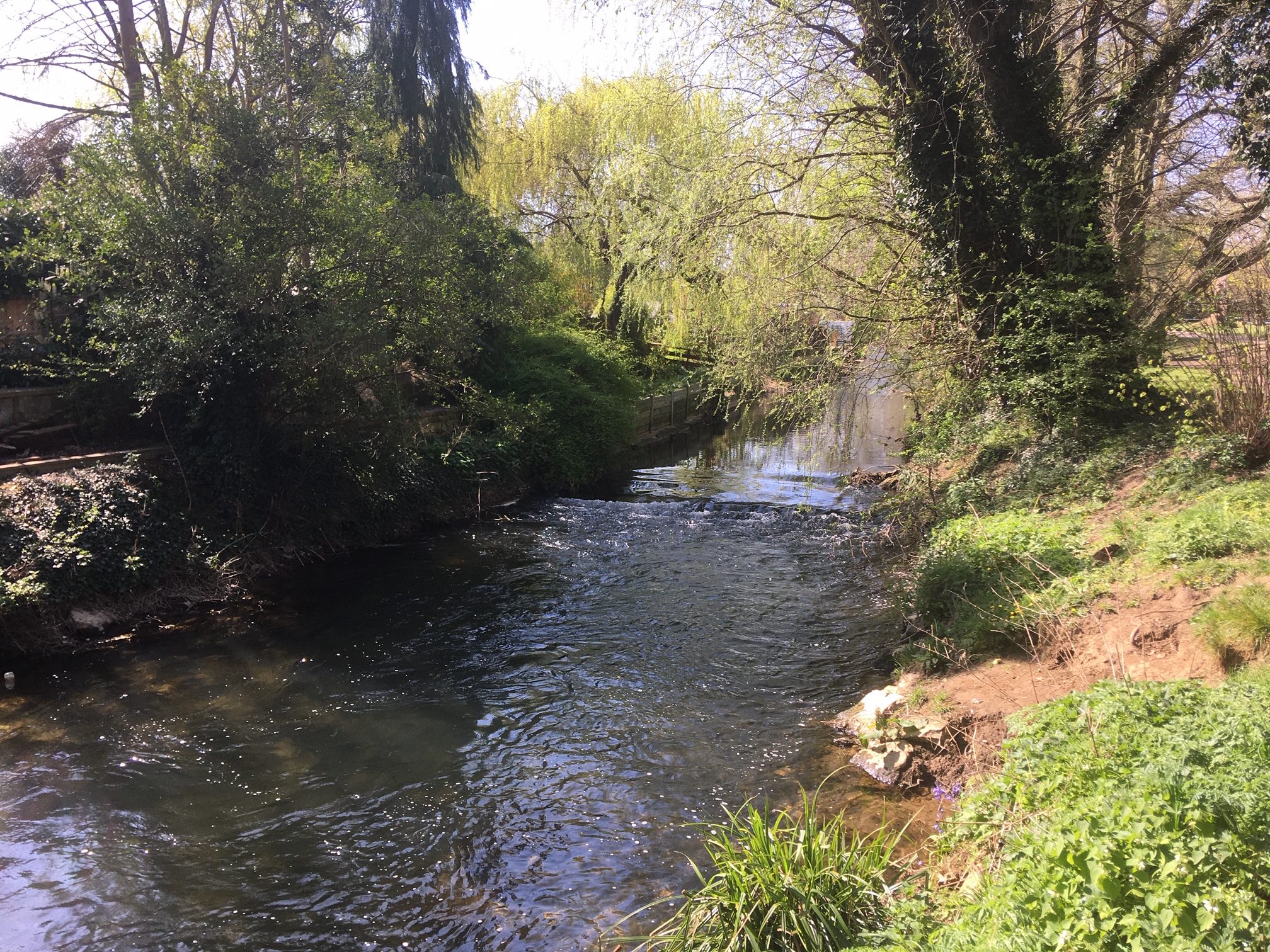
The River Witham running through Queen Elizabeth Park, Grantham
Both the River Witham and the River Slea are home to a wide variety of amazing wildlife, including some rare and protected species. Within their catchments, specifically looking at the reaches through Grantham and Sleaford, there are certain areas that have been designated as Local Wildlife Sites or Local Nature Reserves, highlighting their value and high species biodiversity.
Local Wildlife Sites are valuable wildlife areas, determined by a set of criteria and ecological surveys which assess their worth and determine the presence of important and threatened species and habitats.
They are corridors for wildlife and as such are hugely important, forming ‘stepping stones’ to connect wildlife across the landscape. They also support the wildlife we see outside of those areas, in our gardens, parks and public spaces.
Not only are Local Wildlife Sites recognised for their important species and habitats, it is becoming more widely accepted that they have great social value. Research shows that having wild green spaces are hugely important in improving mental and physical health.
In Grantham, Queen Elizabeth Park has recently become a Local Wildlife Site due to the presence of several biodiverse habitats, including neutral grassland, calcareous grassland areas and running and standing water. Importantly, the neutral grassland area supports nectar rich floral species such as Lady’s Bedstraw and red fescue. Along with the water bodies supporting various plant and animal species, increasingly uncommon calcareous grassland and small wetland habitats allow rare species to establish. Calcareous grassland is famous for its species richness, with the ability to support so many floral and butterfly species, with the possibility of 40 floral species per square metre!
In Sleaford Lollycocks Field is a well established Local Wildlife Site and Local Nature Reserve. Local Nature Reserves are often designated wildlife sites, selected by local authorities because of their local natural or educational importance.
Lollycocks Field is well known for its standing water habitats, providing the ability to support important species such as water voles. This is one of the factors which gained it Local Wildlife Site status, along with its other biodiverse habitats, including neutral grassland, wetland and wet woodland areas. Importantly, wet woodland habitats, characterised by tree species such as willow and alder sitting in seasonally flooded or poorly drained soils, are uncommon through Greater Lincolnshire and support a diverse range of species.
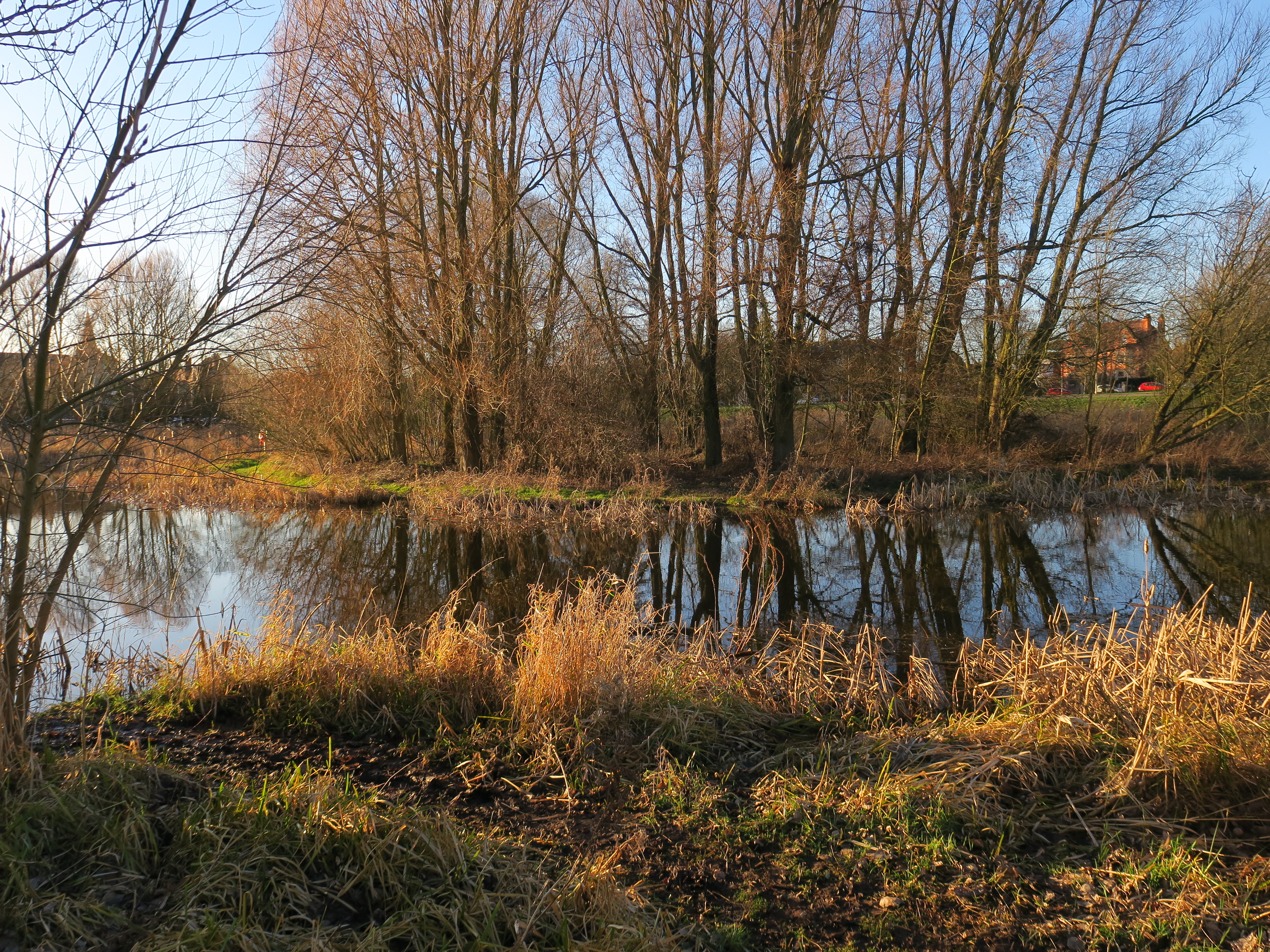
Lollycocks Field, Sleaford
Mammals
Eurasian Otter
Water Vole
European Mole
Crayfish
White Clawed Crayfish
Signal Crayfish
Fish
Grayling
Perch
Stone Loach
Eels
Brook Lamprey
Brown Trout
Sea Trout
Stickleback
Insects
Large Red Damselfly
Common Blue Damselfly
Emerald Damselfly
Emporer Dragonfly
Red Admiral Butterfly
Holly Blue Butterfly
Comma Butterfly
Small Tortoiseshell Butterfly
Seven Spot Ladybird
Harlequin Ladybird
Birds
Grey Heron
Blue Tit
Long Tailed Tit
Chaffinch
Grey Wagtail
Song Thrush
Kingfisher
Robin
Red Kite
Common Buzzard
Chiff Chaff
Black Cap
Moorhen
Blackbird
Wren
Amphibians
Common Frog
Common Toad
Smooth Newt
Great Crested Newt
Reptiles
Grass Snake
Common Lizard
Slow Worm
Invasive Non-Native Plant Species
Himalayan Balsam
Floating Pennywort
Japanese Knotweed
Giant Hogweed








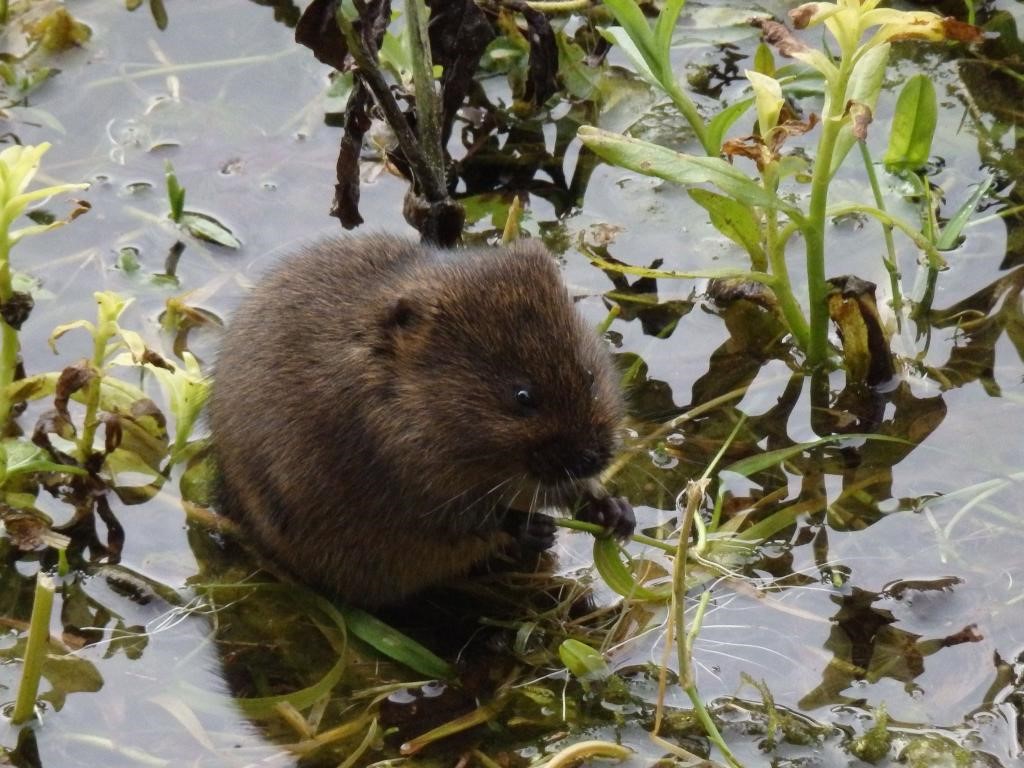
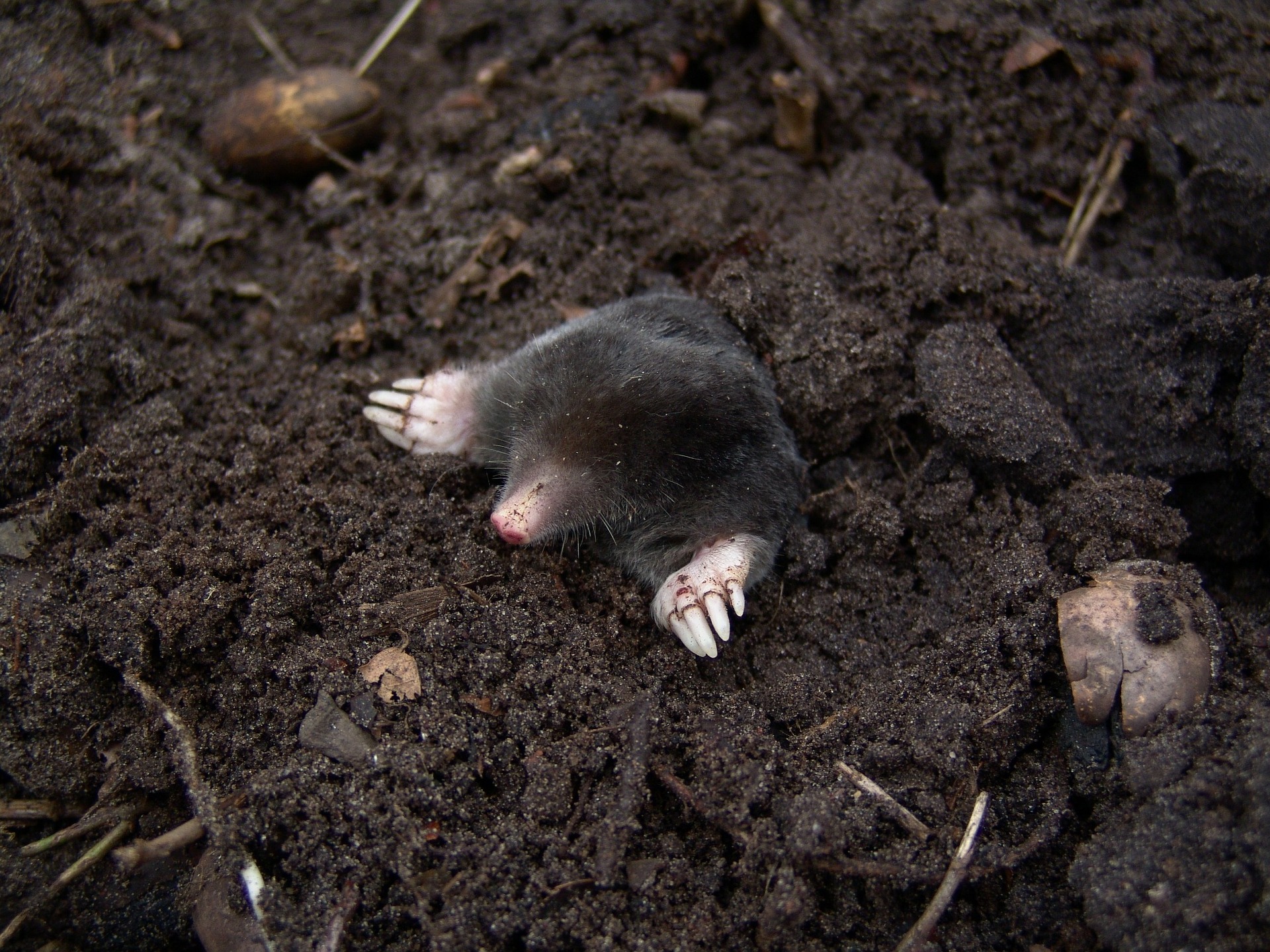

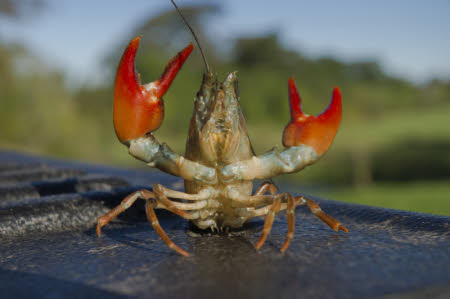




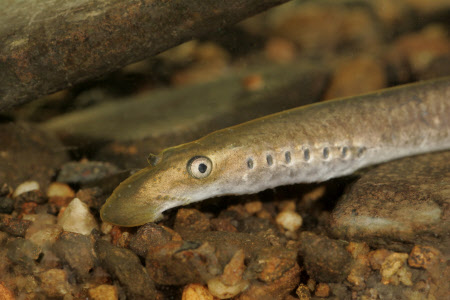
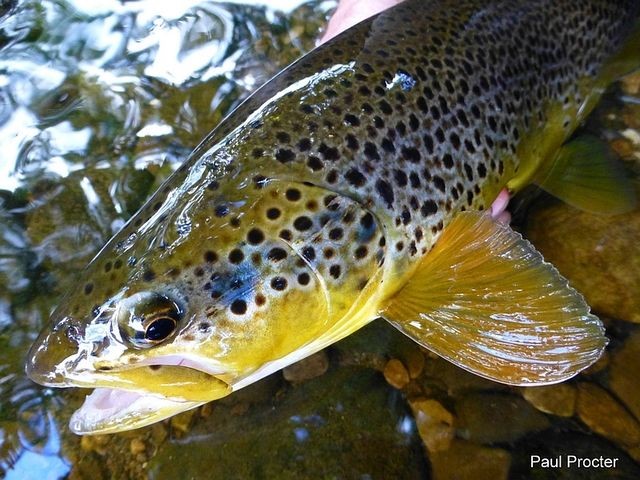
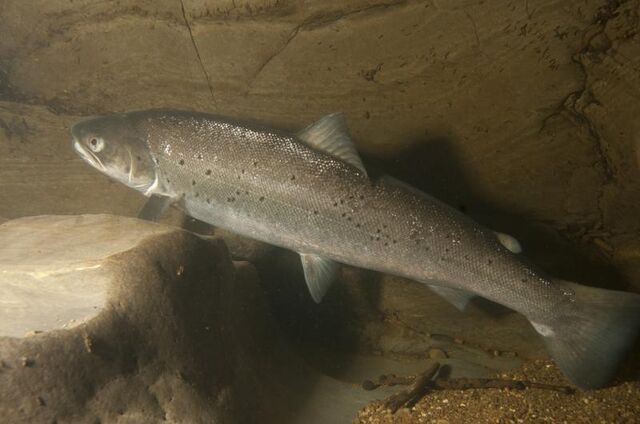

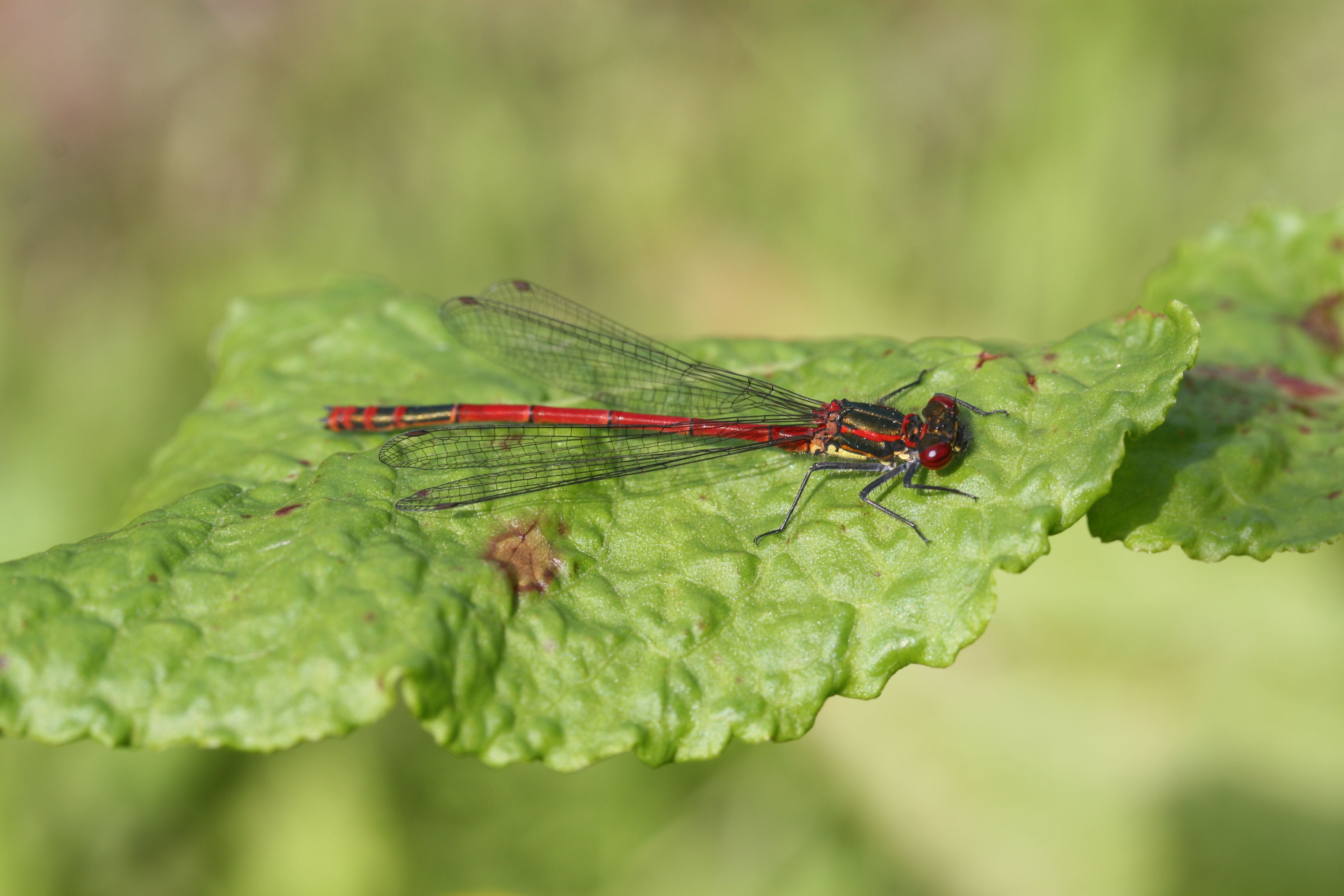

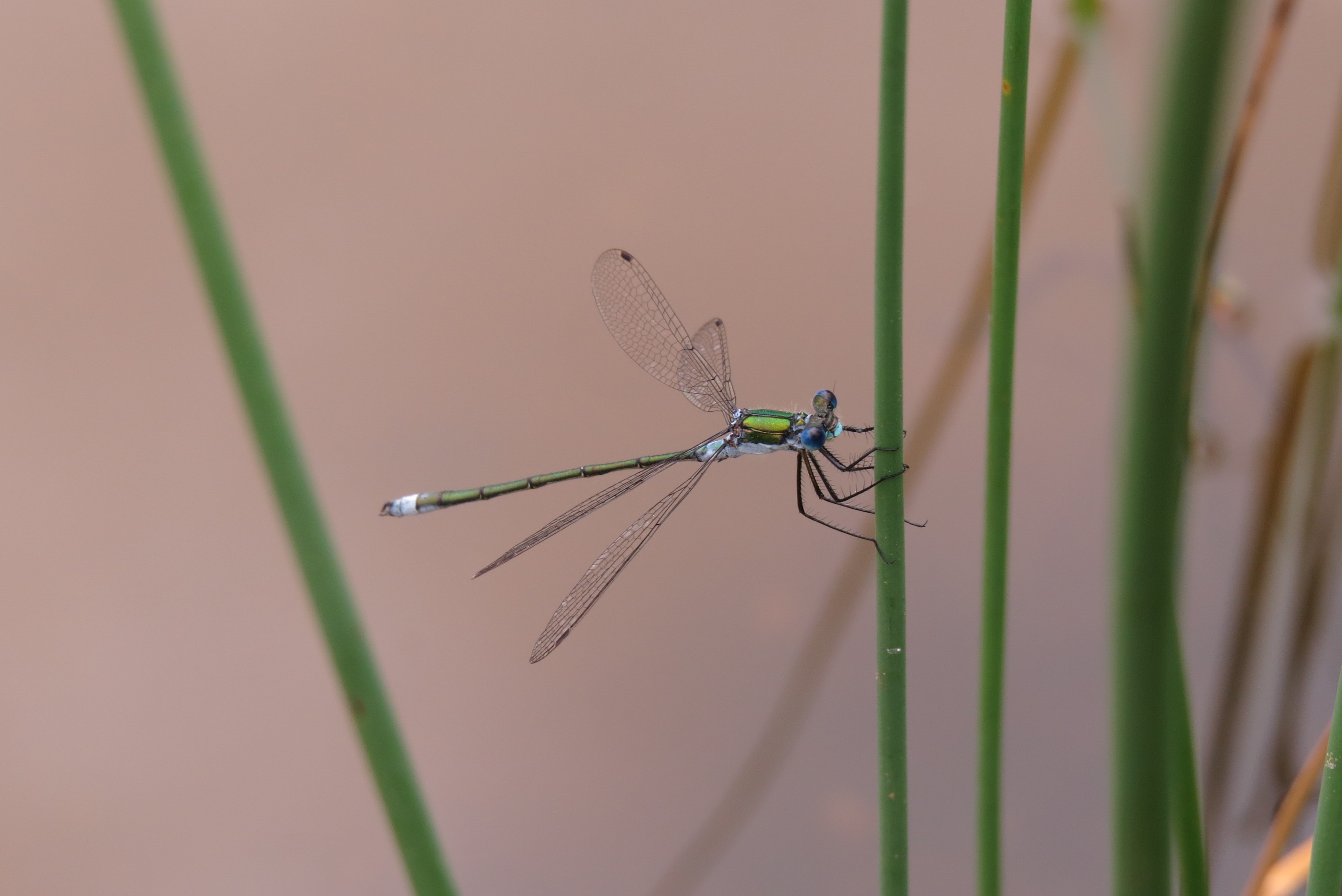

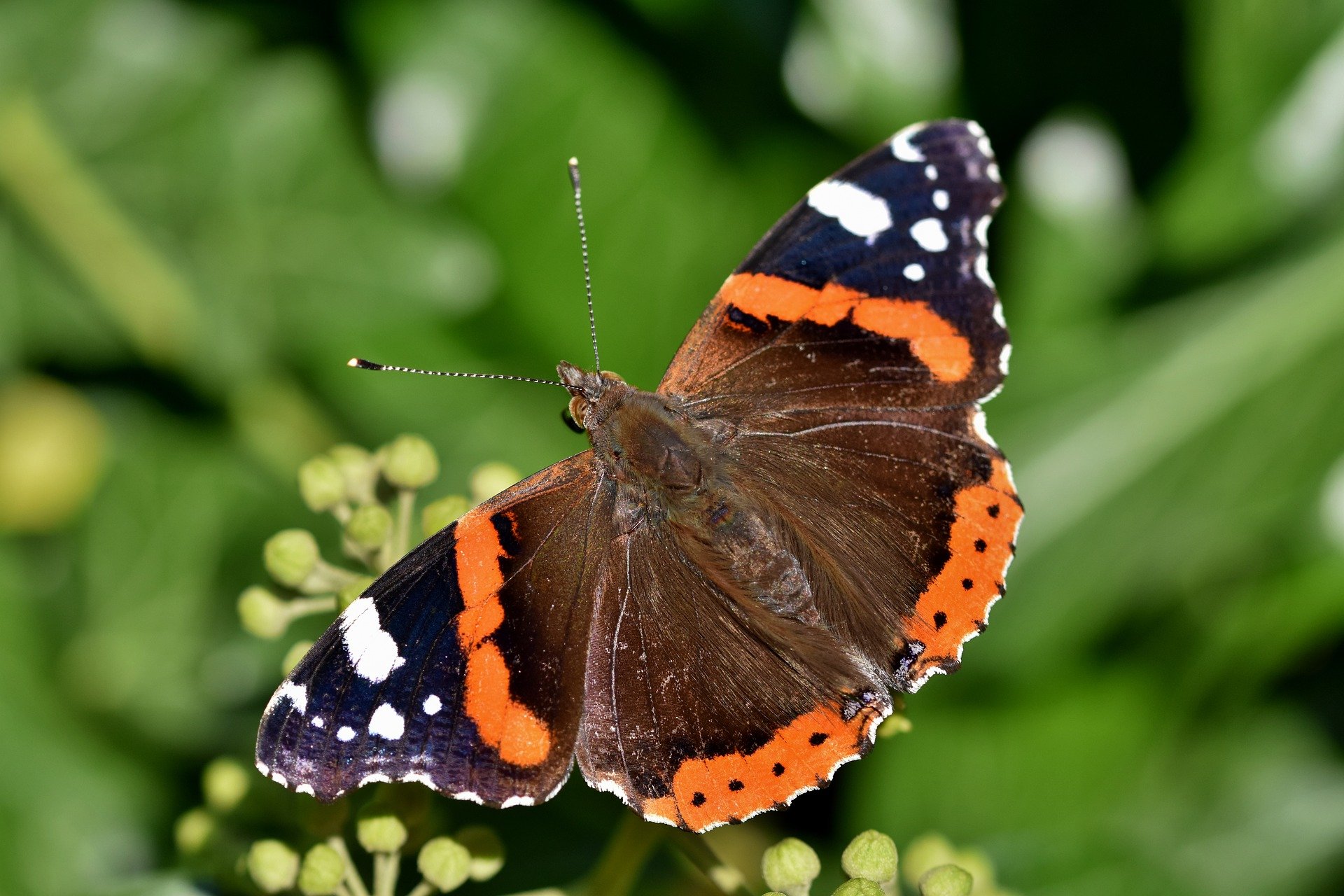
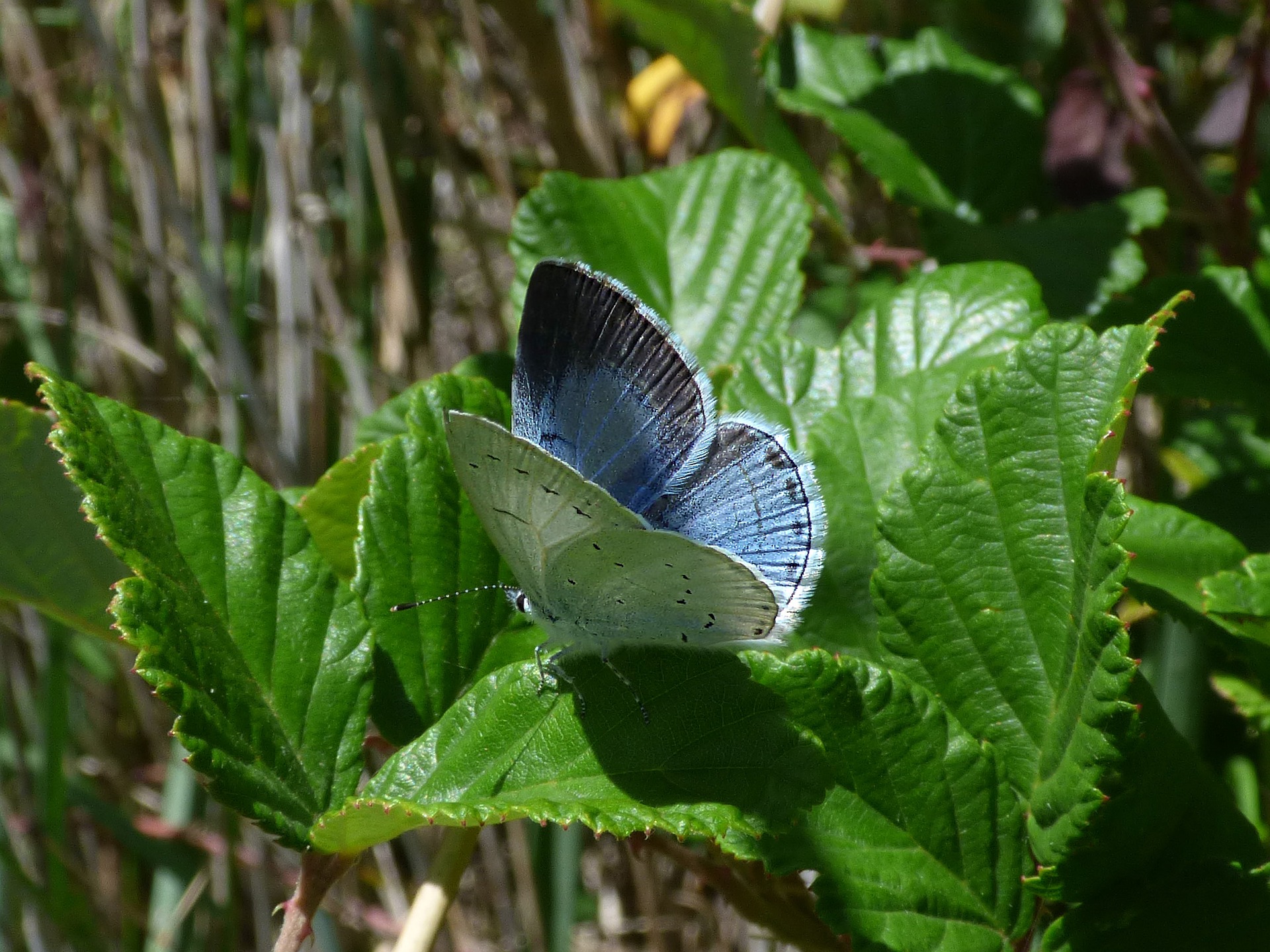
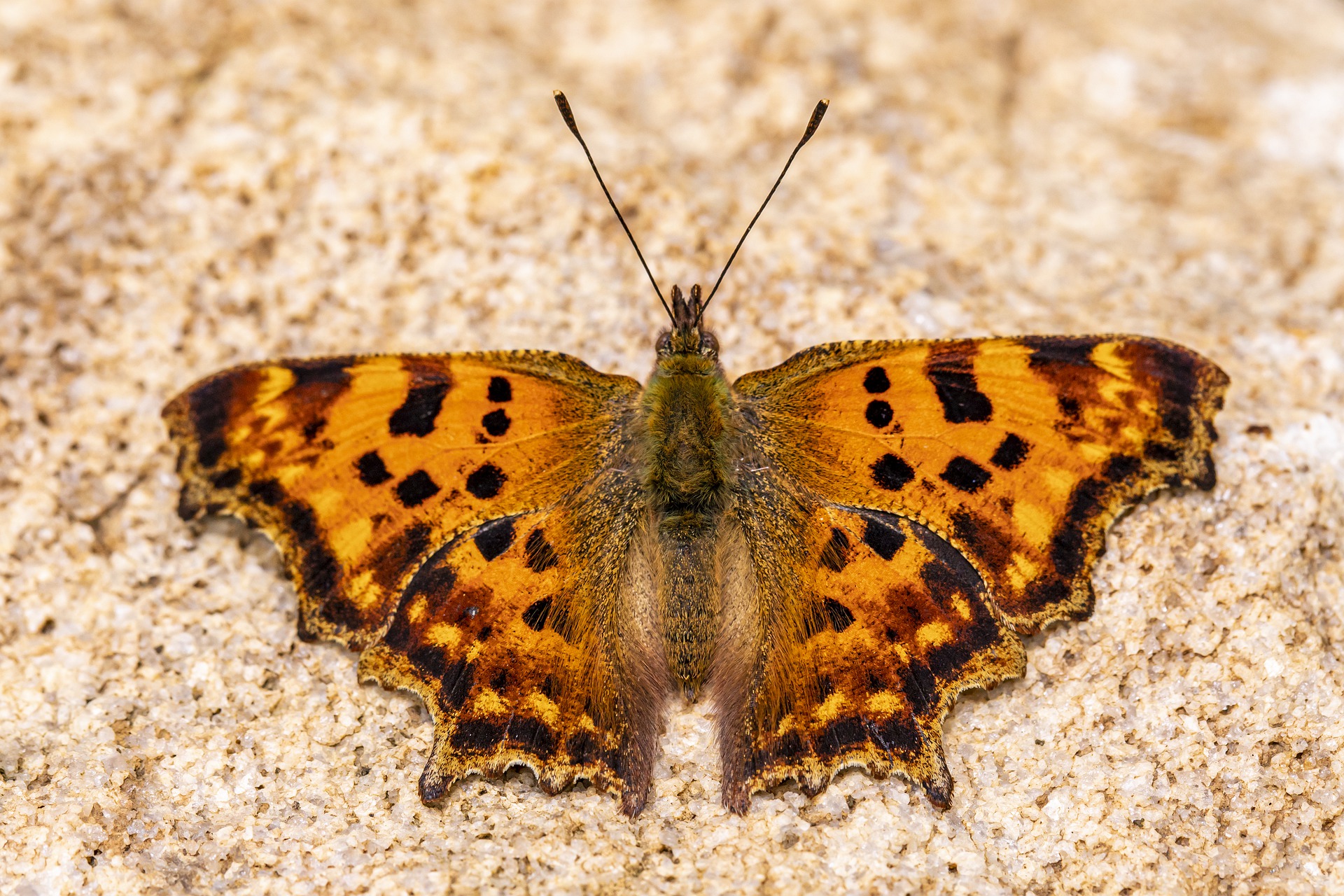

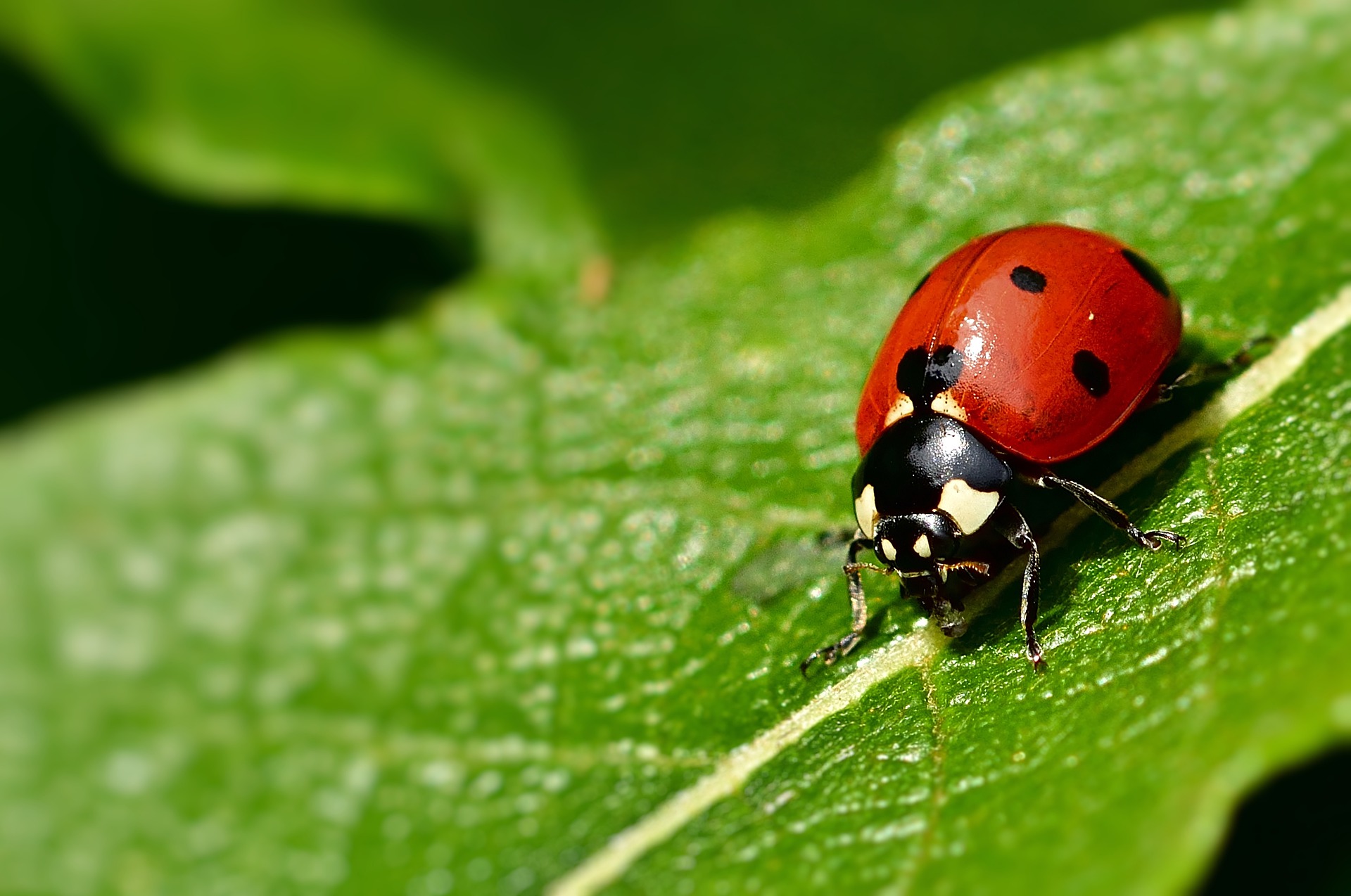
.jpg)
